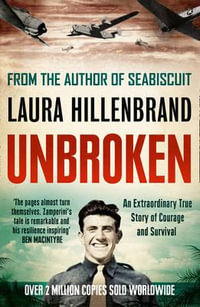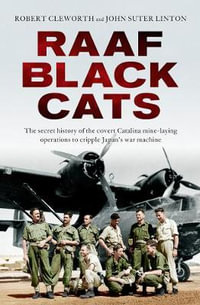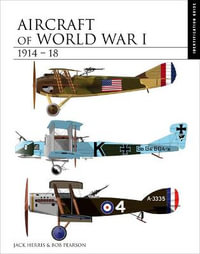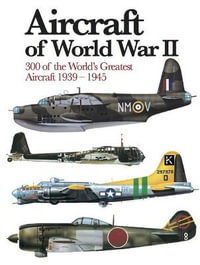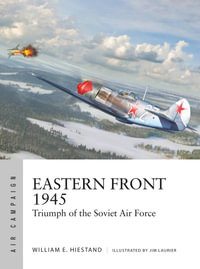
Yokosuka D4Y 'Judy' Units
By: Mark Chambers, Jim Laurier (Illustrator), Mark Postlethwaite (Illustrator)
Paperback | 23 September 2021
At a Glance
Paperback
$42.25
Aims to ship in 10 to 15 business days
ISBN: 9781472845047
ISBN-10: 1472845048
Series: Combat Aircraft
Published: 23rd September 2021
Format: Paperback
Language: English
Number of Pages: 96
Audience: General Adult
Publisher: Bloomsbury Publishing (AUS)
Country of Publication: GB
Dimensions (cm): 24.8 x 18.4 x 0.51
Weight (kg): 0.31
Shipping
| Standard Shipping | Express Shipping | |
|---|---|---|
| Metro postcodes: | $9.99 | $14.95 |
| Regional postcodes: | $9.99 | $14.95 |
| Rural postcodes: | $9.99 | $14.95 |
How to return your order
At Booktopia, we offer hassle-free returns in accordance with our returns policy. If you wish to return an item, please get in touch with Booktopia Customer Care.
Additional postage charges may be applicable.
Defective items
If there is a problem with any of the items received for your order then the Booktopia Customer Care team is ready to assist you.
For more info please visit our Help Centre.
You Can Find This Book In
This product is categorised by
- Non-FictionWarfare & DefenceAir Forces & Warfare
- Non-FictionHistoryGeneral & World History
- Non-FictionWarfare & DefenceNaval Forces & Warfare
- Non-FictionHistoryEarliest Times to Present Day20th Century History from 1900 to 2000
- Non-FictionWarfare & DefenceWeapons & EquipmentMilitary VehiclesMilitary Aircraft
- Non-FictionHistoryRegional & National HistoryAsian History
- Non-FictionHistoryRegional & National HistoryHistory of the Americas



